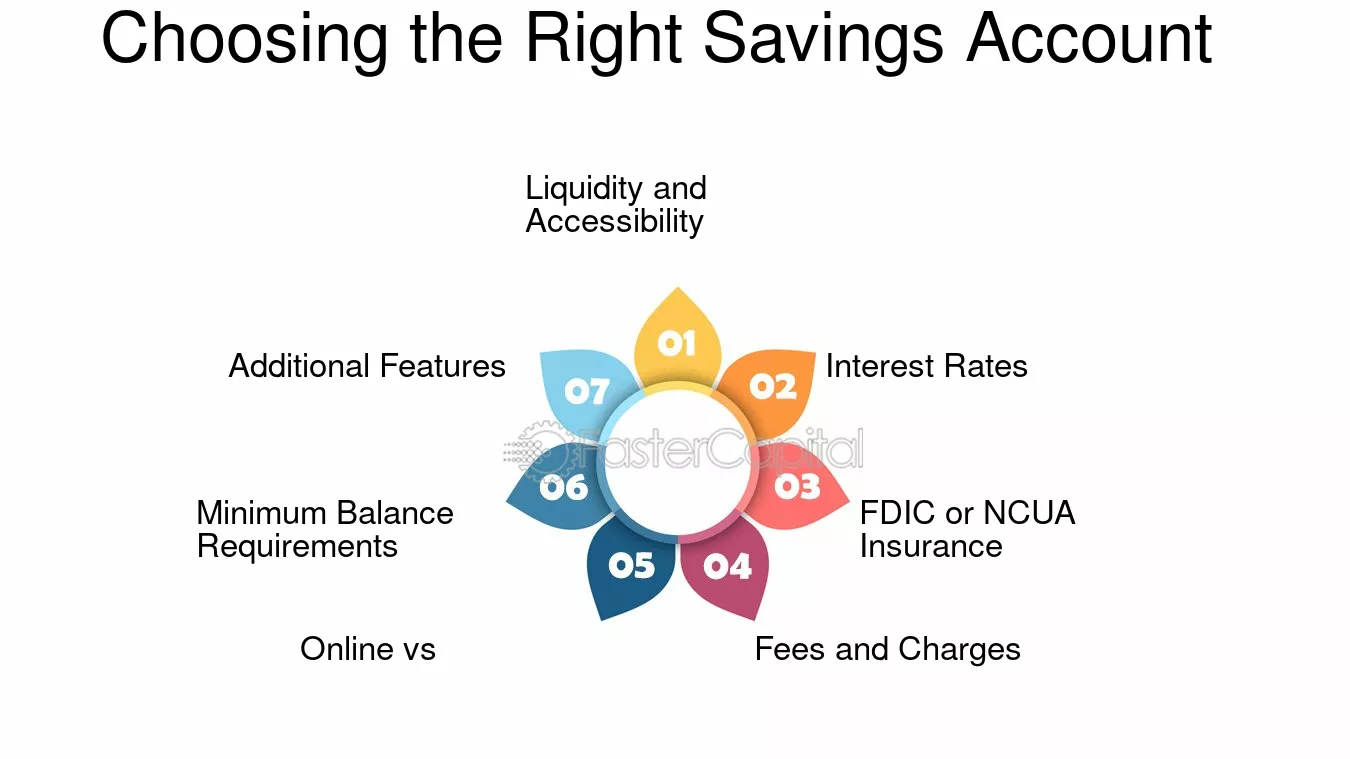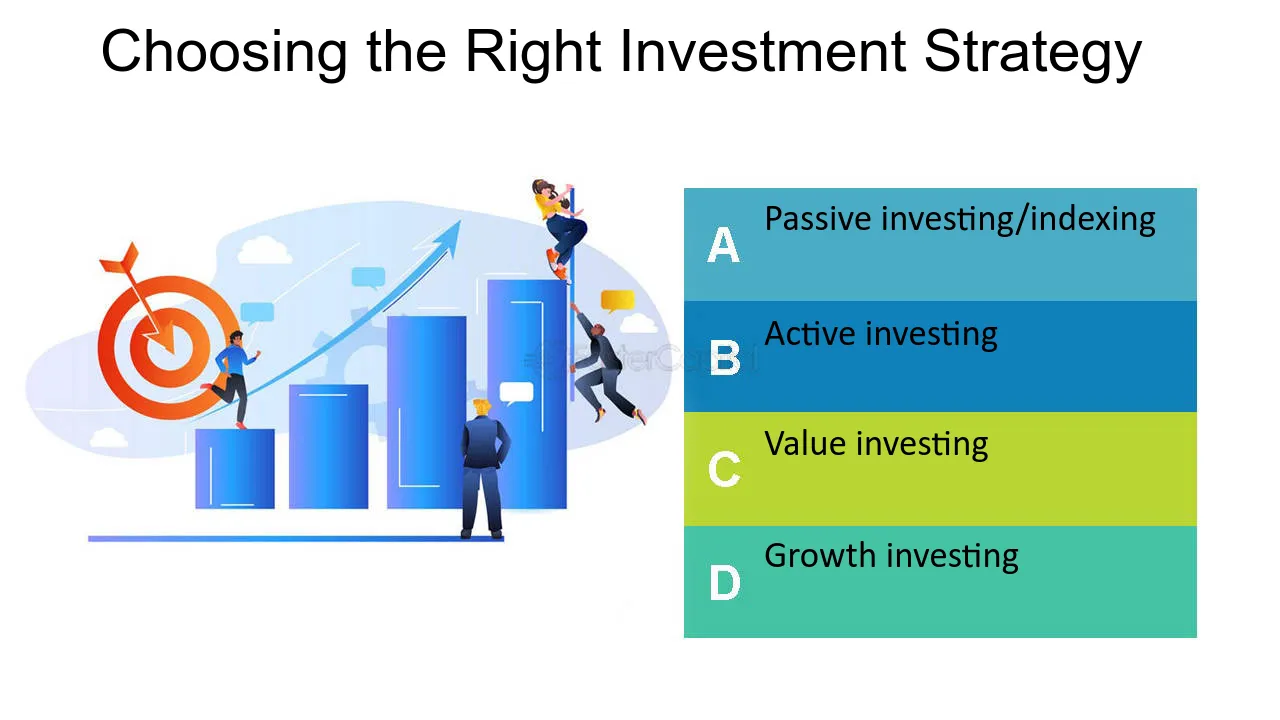Understanding business finance is crucial for any business owner. Effective financial management can make or break your business, and mastering finance crunching is the key to success. This ultimate guide to business finance crunching will help you navigate through complex financial concepts and optimize your business for growth.
What is Business Finance Crunching?
Business finance crunching refers to the detailed analysis and management of a company’s financial activities. It involves understanding and interpreting financial statements, managing cash flow, budgeting, forecasting, and making informed financial decisions. By mastering these skills, business owners can ensure their company remains profitable and sustainable.
Key Components of Business Finance Crunching
1. Financial Statements Analysis
Understanding Financial Statements: The three main financial statements are the balance sheet, income statement, and cash flow statement. These documents provide a snapshot of your company’s financial health.
Balance Sheet: Shows the company’s assets, liabilities, and shareholders’ equity at a specific point in time. It helps you understand what the company owns and owes.
Income Statement: Also known as the profit and loss statement, it shows the company’s revenues and expenses over a period. It helps determine whether the company is profitable.
Cash Flow Statement: Tracks the flow of cash in and out of the business. It helps you understand the liquidity and solvency of your business.
2. Cash Flow Management
Importance of Cash Flow: Cash flow is the lifeblood of any business. Managing it effectively ensures that your business can meet its obligations and invest in growth opportunities.
Cash Flow Forecasting: Predicting future cash inflows and outflows helps in planning and avoiding potential cash shortages.
Improving Cash Flow: Strategies such as speeding up receivables, delaying payables, and managing inventory efficiently can improve cash flow.
3. Budgeting and Forecasting
Budgeting: Creating a budget involves setting financial goals and allocating resources accordingly. It serves as a roadmap for your business’s financial activities.
Forecasting: Financial forecasting involves predicting future financial performance based on historical data and market trends. It helps in making informed business decisions and planning for the future.
4. Cost Management
Identifying Costs: Understanding fixed and variable costs is crucial. Fixed costs remain constant regardless of production levels, while variable costs fluctuate with production volume.
Cost Reduction Strategies: Implementing cost-saving measures such as reducing waste, renegotiating supplier contracts, and automating processes can significantly improve profitability.
5. Financial Decision Making
ROI Analysis: Evaluating the return on investment (ROI) for various projects helps in making informed decisions about where to allocate resources.
Break-Even Analysis: Understanding the break-even point helps in determining the level of sales needed to cover costs and start generating profit.
Risk Management: Identifying and mitigating financial risks ensures the stability and sustainability of your business.
Tools for Business Finance Crunching
Accounting Software
Using accounting software like QuickBooks, Xero, or FreshBooks can simplify financial management. These tools offer features such as invoicing, expense tracking, payroll processing, and financial reporting.
Financial Dashboards
Financial dashboards provide a visual representation of your company’s financial performance. They help in monitoring key financial metrics and making data-driven decisions.
Financial Calculators
Online financial calculators can help with various calculations such as loan payments, interest rates, and ROI. They simplify complex calculations and save time.
Benefits of Mastering Business Finance Crunching
Improved Financial Health
By understanding and managing your finances effectively, you can ensure your business remains profitable and sustainable.
Better Decision Making
Informed financial decisions lead to better resource allocation and improved business performance.
Increased Profitability
Effective cost management and budgeting can significantly increase your business’s profitability.
Enhanced Growth Opportunities
With a clear understanding of your financial position, you can identify and seize growth opportunities more effectively.
Conclusion
Mastering business finance crunching is essential for the success and growth of your business. By understanding and implementing the key components of financial management, you can make informed decisions, improve profitability, and ensure the long-term sustainability of your business. Use the tools and strategies mentioned in this guide to take control of your business finances and drive your company towards success.










